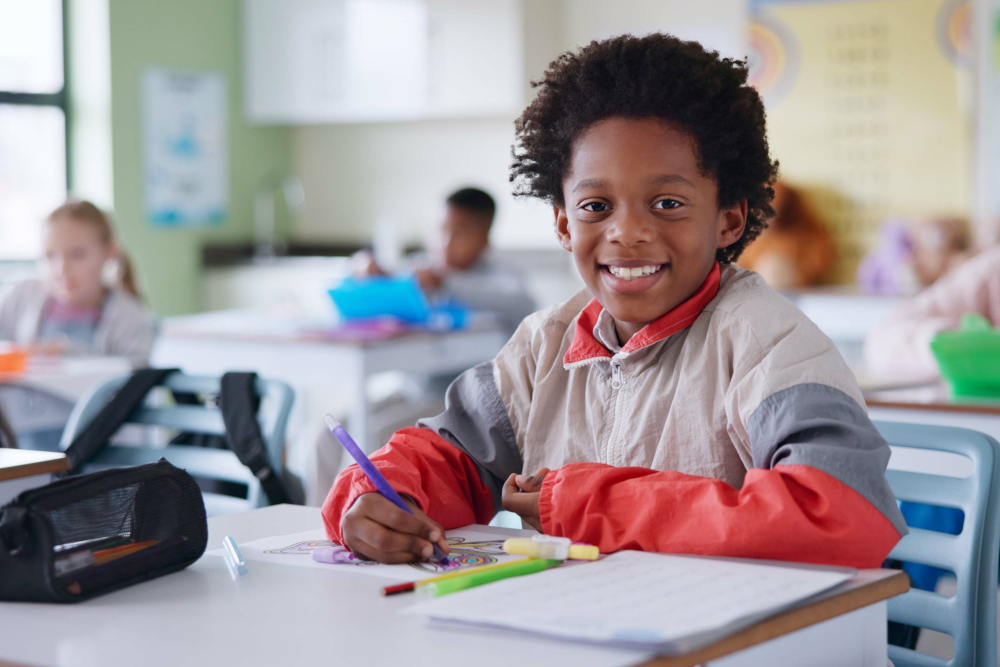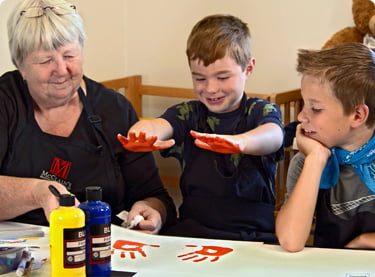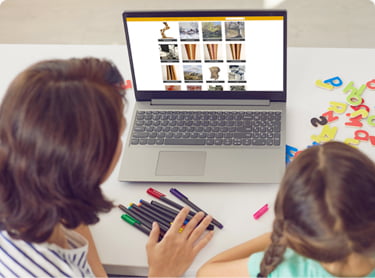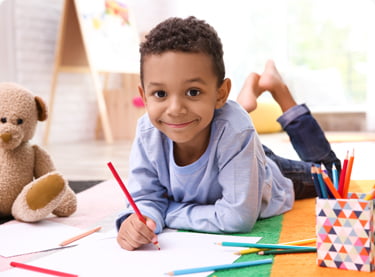
Students aren’t the only ones preparing to head back to school soon—we know teachers must be back even earlier. We’ve been happy to see more educators looking for ways to bring art literacy into their overall school lesson plans. From our headquarters in Oregon, Golden Road Arts creates art lessons and suggests events to help teachers throughout the United States make their classroom assignments more engaging and fun for students.
How to Make Classroom Assignments Fun With Art
The practice of blending art literacy with the teaching of core subjects is known as arts integration. It’s a way for students and teachers to engage with art as a part of the learning process. There are various ways for teachers to incorporate art literacy into their lesson plans. We’re sure you’ve learned that art is more than an elective or extracurricular activity—it’s an essential part of student academic and social development. Below are some ways to enhance your core classroom assignments with art.
Arithmetic (Math)
Often administrators and parents see math as being totally unconnected with arts education, yet in reality art is filled with math, and can assist students in the learning process. Depending on the age of your students, everything from teaching them to tell time using clocks with hands (analog clocks) to noticing patterns represents a way to incorporate art into math learning.
It may seem a small thing to use a decorated clock as a visual aid, but that same clock can be used for learning multiplication. Listening to music and counting beats is another way to incorporate art and math. Older children can learn to see the “golden ratio” in art before learning to use it mathematically.
English Language Arts
We’ve all watched a movie based on a book we’ve read for class. And of course, that’s one way to have children engage with art. But go further—the class as a group imagining a storyboard to make a movie based on a story or book they read is a fun classroom activity. It helps them identify the elements of storytelling, and propose visual elements and cues for things that cannot be directly expressed through dialogue. Making colorful flash cards while teaching parts of speech is a hands-on, art-inspired activity that can assist students in retaining information.
For older students learning persuasion and debate, using conversation bubbles can help them identify arguments and defenses, and learn to make ready replies.
Sciences
If anything, art is a beautiful expression of science, and science has so many artistic expressions. For instance, showing students pictures of places like the Grand Canyon while studying geology can help them grasp how art and science work together. And paint is a bold blend of various organic materials; learning how it’s made is a great lesson. When learning about everything from plants to rocks, art is there. Just have children consider the graphite in their pencils.
When students enter high school, they’ll learn in detail about vibrations, intervals and frequencies. But even in the elementary years, students can learn that music is science—and math!
Social Studies
As you know, “social studies” includes history and geography, and art history is history. Making use of everything from fabrics and old photographs to biographical and documentary movie clips gives children an opportunity to engage with various artistic media to learn about cultural eras, dynasties, and diverse civilizations.
Learning which art movements and styles grew out of various time periods throughout history is a parallel learning opportunity, not something that must be taught at a different time. This also allows students to learn how art, society, culture and major events (or the lack thereof) influence one another. Tactile learning using colorful maps, building classic architecture with blocks or bricks, and discussing fashion trends are ways to bring art into social studies.
We know you see the great value of increasing the art literacy of your students. Multiple studies have shown us why children need art, and show that art is not a secondary subject, but a key component of holistically healthy development. Use readily available resources to seamlessly bring art education into the lives of your students, supporting curiosity, discovery and growth.
Get Valuable Free Online Art Lessons for Your Classroom
We know that elementary and junior high educators often use their own time and resources to create magical classroom settings and transformational lesson plans. Golden Road Arts supports your art integration goals with free online art lessons for kids. Take advantage of these free resources today!




